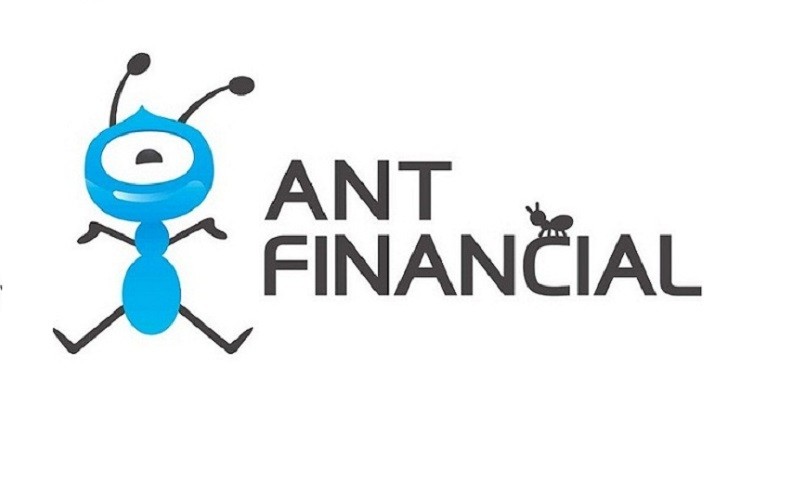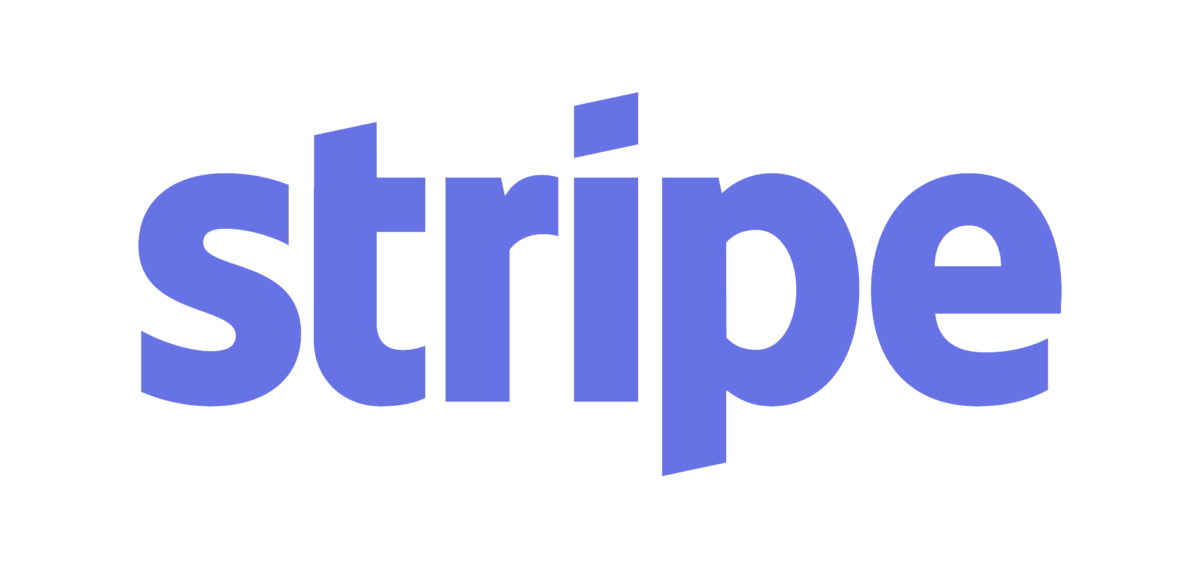The Chinese FinTech Ant Group has been in the headlines lately due to its IPO filing in the Shanghai and Hong Kong stock exchange. The parent company of Alipay is aiming at a staggering valuation of above 200 billion USD, which could potentially be the biggest public filing in history. Just to put it under perspective, this valuation would make Ant Group more valuable than the iconic American investment bank Goldman Sachs. But how did this 6-year company rose to this status so quickly? Notably, the fact that it is a spin-off of Chinese e-commerce behemoth Alibaba has definitely played a key role. Nevertheless, its data intelligence powered business model has been of equal importance.
It all started in 2004 when Alibaba launched Alipay, which back then was an escrow account system, whose underlying goal was to provide security and trust in the still novel online marketplace. Propelled by innovation and the underdeveloped financial infrastructure in China, Alibaba quickly saw the opportunity and turned Alipay in a digital finance super-app, offering services ranging from digital payments and investments to instant credit applications. To support their new banking capabilities Alibaba launched MYbank, one of the first private banks in China.

Figure 1: Alipay’s user interface (Ant Group, 2020)
Fast forward a few years and Alipay is now a fully-fledged payment network, handling a volume of 17 trillion USD in transactions between June 2019 and June 2020 in China. Yu’e bao (‘leftover treasure’ in Chinese) – Alipay’s deposit/money market fund- was, at some point, the largest fund of its sort having over 200 billion USD in Assets under Management. Powered by their Zhima credit score, Alipay enabled about 300 billion USD in consumer and SME credit. Moreover, Alipay also offers its proprietary state-of-the-art cloud-based core banking system as a platform to other financial institutions.
So what was Alibaba’s contribution to all of this? Well, naturally it is easier to market services to an established customer base. On top of this, the e-commerce platform also presented the perfect initial uses cases, that have now long left the boundaries of the digital world and are as well ubiquitous throughout daily life in China (see Figure 2). Most importantly, as Alibaba has evolved into a “hub firm”, the enormous amount of data collected about customers has shaped much of the services at Alipay. Taking SME lending as an example, Alipay started providing microloans to sellers at Alibaba’s marketplaces relying on a credit assessment which was not based on the borrower’s credit history, as most traditional banks do. Instead, as small businesses in China are often informal and do not have a well-documented credit history, Alipay based their metrics on factors derived from their behavior at Alibaba’s marketplaces. These could be for example the seller’s reputation or how long the seller spends on the business. The outcome and repayment behaviors could then be used as real-time feedback to improve the accuracy of the credit assessment. Moreover, as the service grew, more data points could be integrated, polishing the algorithm in a never-ending feedback loop.

Figure 2: Alipay use cases (Ant Group, 2020)
With this in mind, although Alibaba played a key role, the capabilities developed turned Ant Group into a data powerhouse and ecosystem of its own. For instance, Ant financial’s algorithms incredible accuracy even enabled them to redefine the lending business: Unlike traditional lenders, Ant Financial does not underwrite any of the loans it originates. Instead, it only focuses on assessing borrowers’ credit risk and connecting them to loans provided by third parties. By doing this, it outsources all the related risks and can still capture significant value by becoming the banking marketplace in China.
As discussed, Ant Group has risen to a giant in the financial ecosystem in China by making intelligent use of Alibaba’s vast amount of data to develop its own business model. Today the synergies among the two “hubs” are still ever reinforcing, but as Ant Group’s technology and capabilities continue to grow, other markets and revenue opportunities might arise.
What are your thoughts? What do you think will be Ant Group’s next big strategic move?
References
Ant Group, 2020. Application Proof (Prospectus), Hong Kong: Ant Group.
Hansen, S., 2020. What We Learned From Ant Group’s New IPO Filing. [Online]
Available at: https://www.forbes.com[Accessed 26 September 2020].
Iansiti, M. & Lakhani, K. R., 2018. Managing our hub economy. Harvard Business Review, September-October, pp. 17-17.
King, B., 2018. Bank 4.0: Banking everywhere, never at a bank. Kindle Edition. Marshall Cavendish International (Asia) Pte Ltd.
Zeng, M., 2018. Smart Business. 1st Edition ed. Boston: Harvard Business Review Press.







